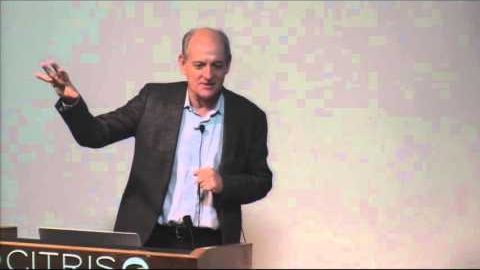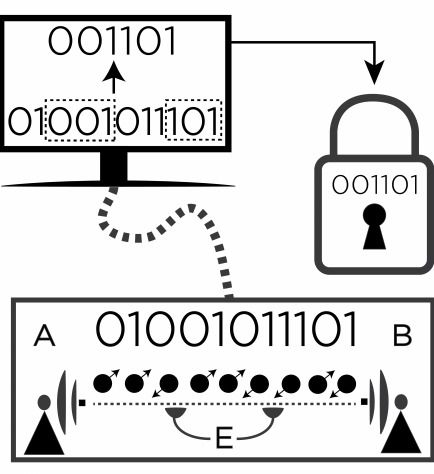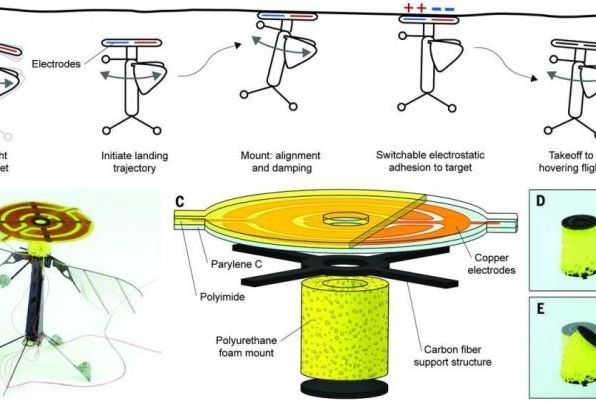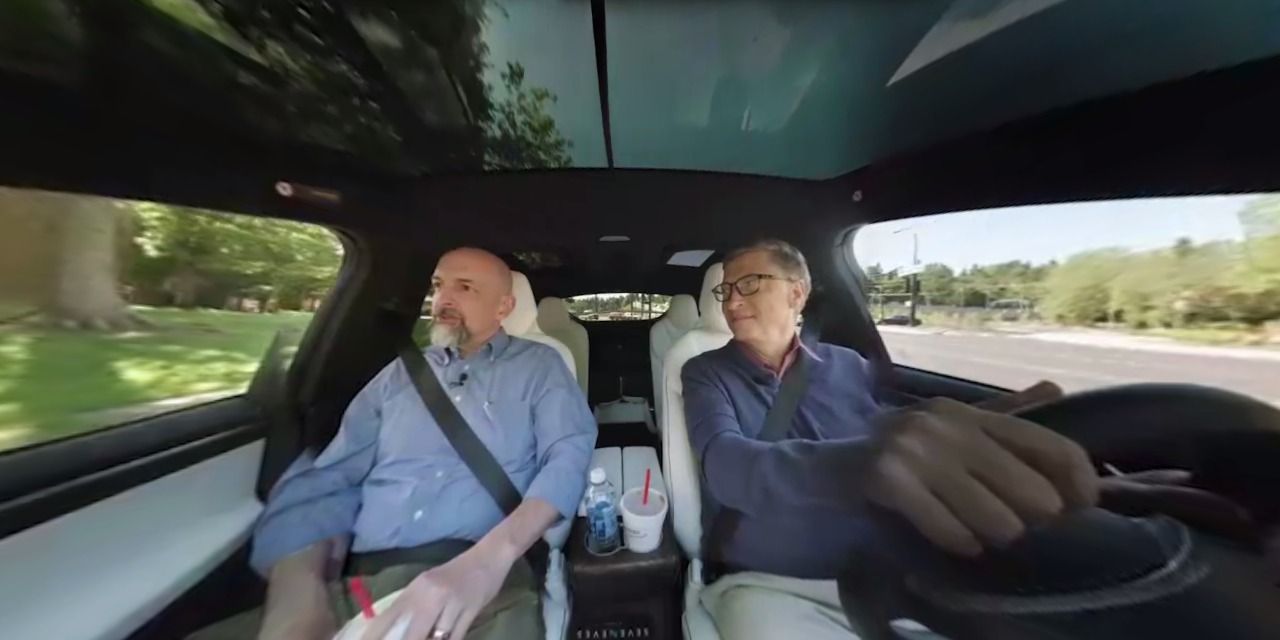May 21, 2016
Physicists just found a link between dark energy and the arrow of time
Posted by Andreas Matt in categories: physics, space
For years, physicists have attempted to explain dark energy — a mysterious influence that pushes space apart faster than gravity can pull the things in it together. But physics isn’t always about figuring out what things are. A lot of it is figuring out what things cause.
And in a recent paper, a group of physicists asked this very question about dark energy, and found that in some cases, it might cause time to go forward.
When you throw a ball into the air, it starts with some initial speed-up, but then it slows as Earth’s gravity pulls it down. If you throw it fast enough (about 11 km per second, for those who want to try), it’ll never slow down enough to turn around and start falling back towards you, but it’ll still move more slowly as it moves away from you, because of Earth’s gravity.
Continue reading “Physicists just found a link between dark energy and the arrow of time” »


















